Sustainability is not enough, but regenerative thinking will.
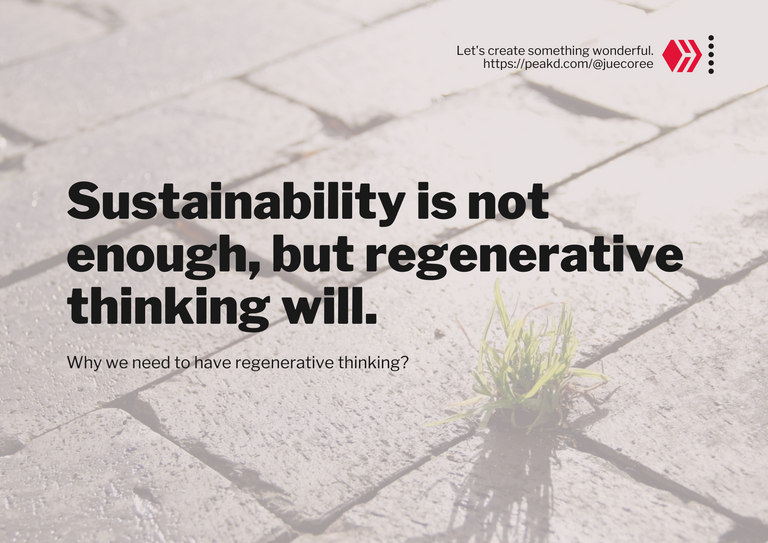
We can't deny the adverse effect of climate change that risks us to possibly extreme weather. A degree higher in our global temperature creates a domino effect in our climate and our living conditions. For years, we look into a solution that can curve climate change and creates sustainable systems and spaces. Over the years, we are slowly getting into a more sustainable workflow and use of our resources. Climate change mitigation became evident, but we are still a long way to curve it to a minimal point. Our solution to curve climate change is to apply sustainability principles in every aspect of our lives, our resources, or design our systems.
We think that sustainability is a visionary goal that is quite difficult to reach but responds accordingly to the need for sustainability in our lives as we respond to climate change and the converging crisis that we may face in the future. We are on a marathon to reverse climate change within a small window of opportunity before too late to respond and irreversible. We saw how devastating extreme weather was. Sustainability aimed to make a better place for everyone and have it for future generations. It mitigates and adapts to climate change and slows down the rate of damaging our environment.
When we say about being sustainable, it means that we build spaces that consume less energy and have eco-friendly infrastructures, including water, energy, transport, healthcare, and the like. Sustainable models prioritize an inclusive mixed of strategies that enable us to have a better environment, economics, social and cultural. We can do that by having our building cut carbon emission and ideally have it at zero. We integrate biophilic concepts like natural ventilation to cool down space. Besides, we can create naturally sustainable materials and decompose or reuse them when needed.

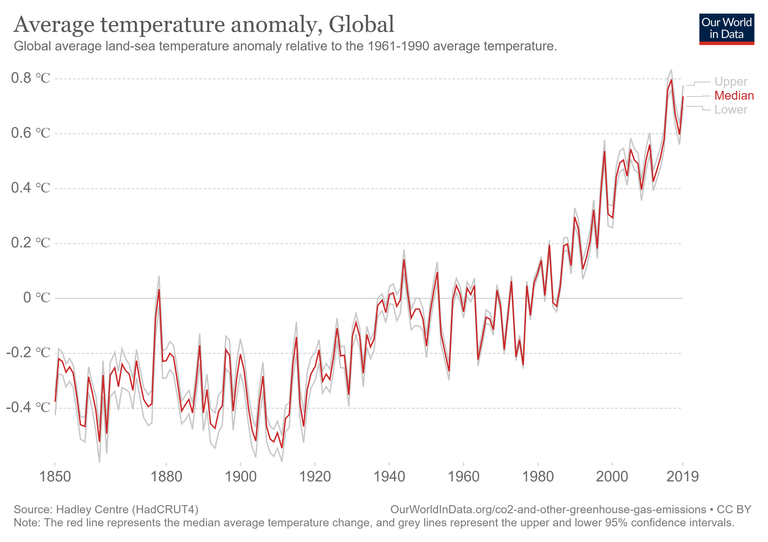
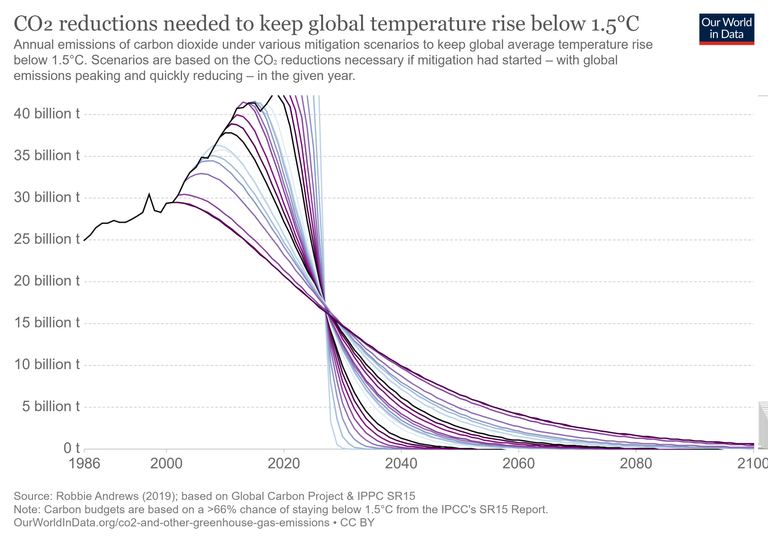
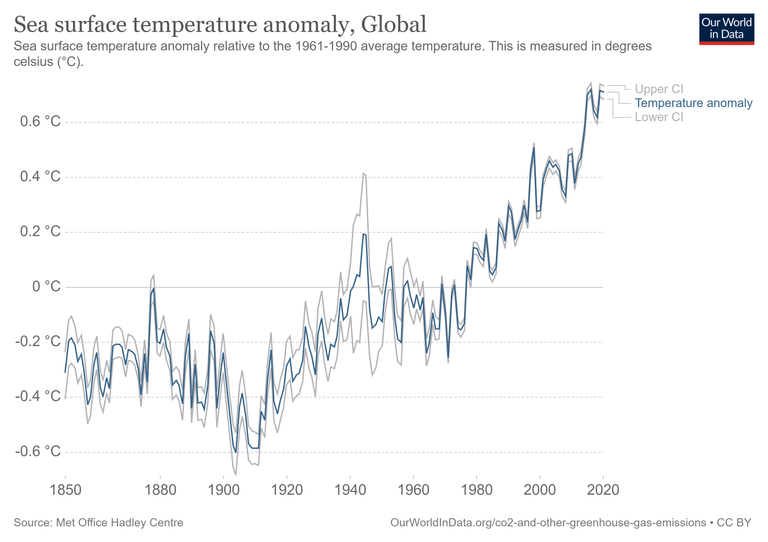
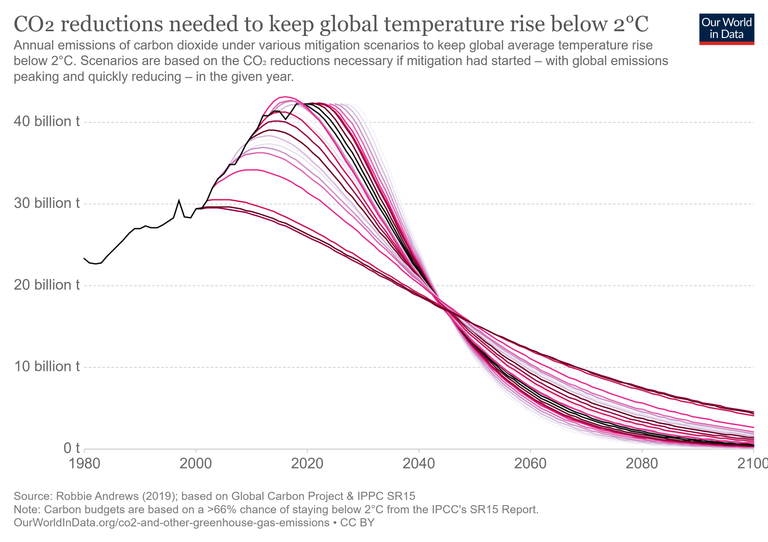
We often associate sustainability with the use of renewable energies such as solar, wind, and bioenergy. We tagged sustainability to green technology. But I saw a lot of misconceptions about this association. It doesn't mean that technology is sustainable when we label it as green. For most, it is sustainable, but there is a thin line between what is sustainable or not. For example, we can generally say that solar is sustainable, but behind all of this lies unsustainability.
Solar energy is becoming more promising than ever before as we can produce panels at a lower cost, and they are more compact and portable. Despite solar becoming affordable, we have a few concerns with solar energy that we are reluctant to acknowledge. There is a dilemma in their production, and waste creates more pollution than the fossil fuels to replace. We have recycling plants that extract the precious silver and copper from the cells before recycling them by burning them in a cement furnace. The method is costly and not favorable for businesses. In reality, they can dump unused solar panels on land or send them to third-world nations. Although unpleasant, it is less expensive and easier to do.
Disposal of renewables has always been an issue. We can't dispose of solar panels with ease, and the same goes with windmills due to their sheer size. They have associated health risks too. Solar panels have heavy metals that can be a pollutant to groundwater that affects the plant. We can have a higher risk for brain impairment in a child due to cadmium in the panels, which is carcinogenic. If everyone adapts to renewable, we can expect about 80 million tons of solar waste by 2050.
Although we adopt the sustainability concept in our design, we will always face drawbacks, and we have the waste associated with systems or processes that we label as sustainable. It makes me ask, is sustainability sustainable enough? Renewable was not as green as we thought it was. Transportation has the same. We heavily rely on fossil fuels for transportation. To cut out the carbon emission, we need to have to run it on electricity, which added other issues on sustainability. The list goes on, and it has the same loop.
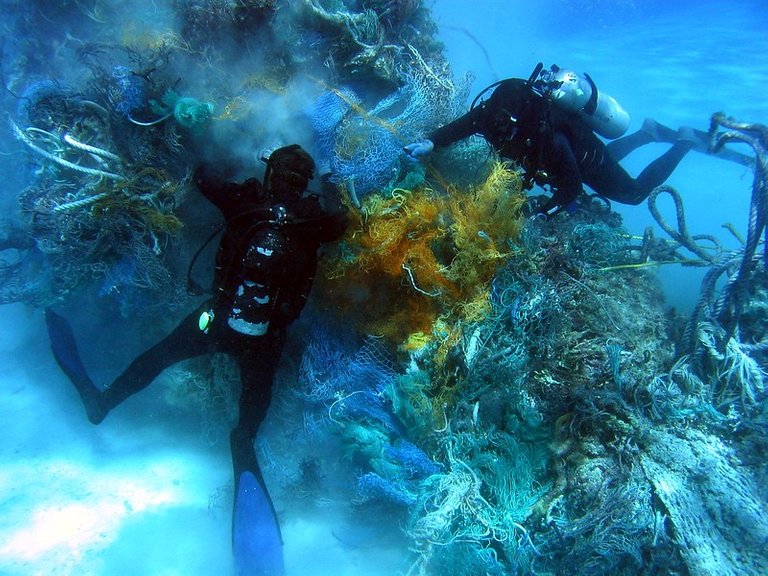
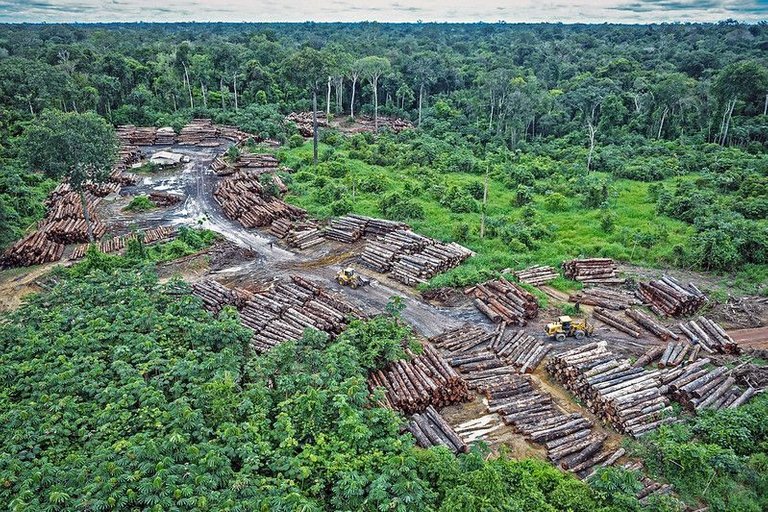

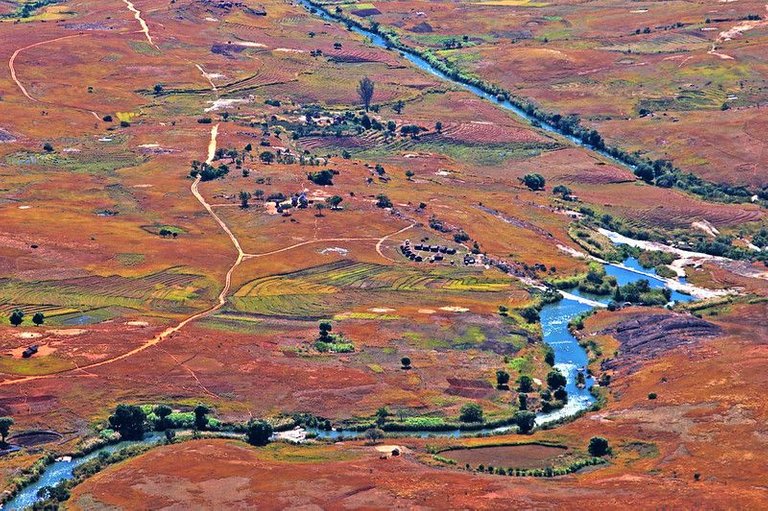
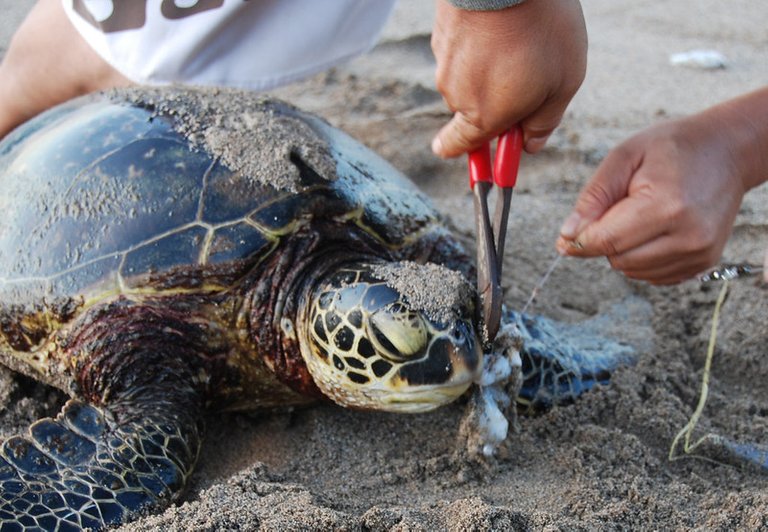
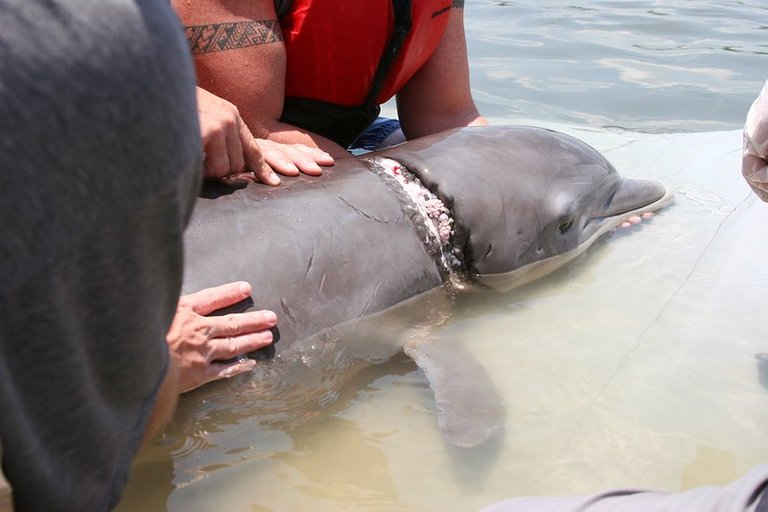
Sustainability is inadequate and not enough. It is superficial since we are going in loops and unable to sustain cause we don't know. How ironic, right? We design for sustainability design to improve our health and the planet. It is to have sustainable health, resilience, and adaptability. That will maintain and improves life as a whole. When we strive to have sustainability, we attempt to maintain a pattern of health, such as to have carbon footprints to a limit.
The problem with sustainability is that sustaining something is a bubble, and we accept that the current system is healthy and we need to continue. But once the bubble burst, everything goes awry and things became awful. We can look at what was happening in our world. We have massive exploitation of our natural resources. We saw nourish lands become barren due to contaminants, and waterways became filthy. We saw farmland desertify due to hazardous farming while mountain tops leveled.
We are facing climate change, biodiversity loss, and pollution all over the place. We need to rejuvenate our planet for us and future generations. If we sustain what we currently have right now, it won't work in the long term. That is why sustainability is not enough. We need more regenerative than sustainable. Regenerative principle offers us the same concept on sustainability but with added emphasis on adaptiveness and continual improvement. A regenerative human culture enables us to have a healthy, robust, and adaptive take on caring for our environment and humanity in general. It is an approach to ensure that we can effectively thrive to our needs and the issues that arise from them.
Our goals should be for continuous improvement of our condition while maintaining sustainability. We need to think about the whole life cycle rather than pieces of it. We need to understand how we made the product or system, how we utilized it, and how we disposed of it. It is a holistic approach to sustainability. Regenerative is about thoroughly examining and designing the product that the product and its byproduct help rejuvenate our environment. What if we can make products that can be biodegradable, which we can use to enrich our soil, or have waste from the manufacturing process that we can use to be a raw material for other products. We have these innovations to date, but we are not fully utilizing them to our advantage.
Regenerative thinking asserts that we need to be the problem and solution. We need to think and look into the system holistically. It may lead us to a system that we can use its waste and have a circular process that revolves around solutions and not issues and dilemmas. Sustainability is good to ponder and apply, but it won't be enough to achieve true sustainability. Regenerative thinking will. With our collective understanding and efforts, we can make Earth sustainable and help it be habitable over a long lifespan.
Readings
Daniel C. Wahl, Sustainability is not enough: we need regenerative cultures, Design for Sustainability, Medium
Richard Clarke et al., The Challenge of Going Green, Harvard Business Review
Alan Buis, A Degree of Concern: Why Global Temperatures Matter, NASA's Global Climate Change
Photo, Charts and Illustration Credit: (in order of appearance)
The background photo for the post cover is from Dominique Knobben. The cover is edited in Canva.
Annual CO2 emissions map created by Global Carbon Project] | Chart from Our World in Data
Global average temperature anomaly chart created by Hardley Centre | Chart from Our World in Data
Global Sea surface temperature anomaly chart created by Met Office Hadley Centre | Chart from Our World in Data
CO2 reductions needed to keep global temperature rise below 1.5°C chart created by Robbie Andrews | Chart from Our World in Data
CO2 reductions needed to keep global temperature rise below 2°C chart created by Robbie Andrews | Chart from Our World in Data
Scuba divers removing derelict net from reef, which may drifted and pile over time. | Photographed by Dr. Dwayne Meadows and downloaded from National Oceanic and Atmospheric Administration
llegal logging on Pirititi indigenous amazon lands with a repository of round logs. } Photo from Quapan/Flickr
A clean up for an oil spill at low tide. | Photographed by Doug Helton and downloaded from National Oceanic and Atmospheric Administration
Landscape with little forests left, South-West Madagascar | Photographed by Peter Prokosch and downloaded from Grid Arsenal/Flickr
Rescuer cutting a string at which a turtle was entangled. | Photo from National Oceanic and Atmospheric Administration
Researchers removing a black rubber strap that was wrapped around the head of a juvenile bottlenose dolphin, averting a life-threatening injury. | Photo from National Oceanic and Atmospheric Administration
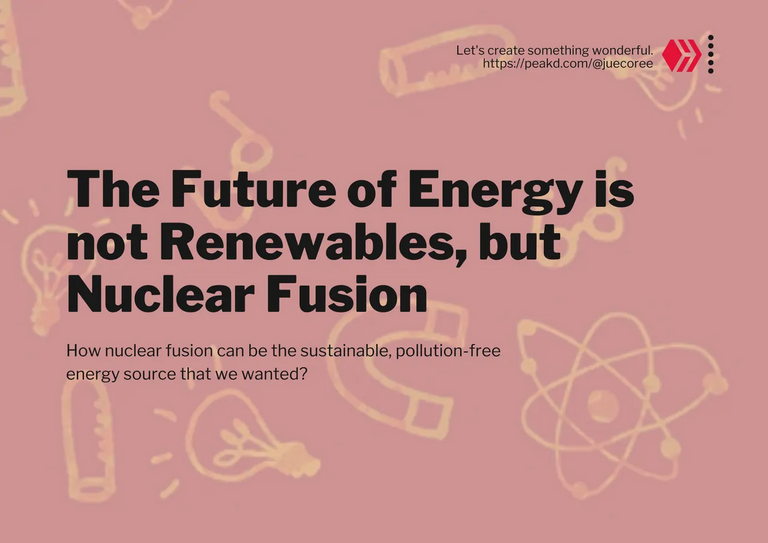
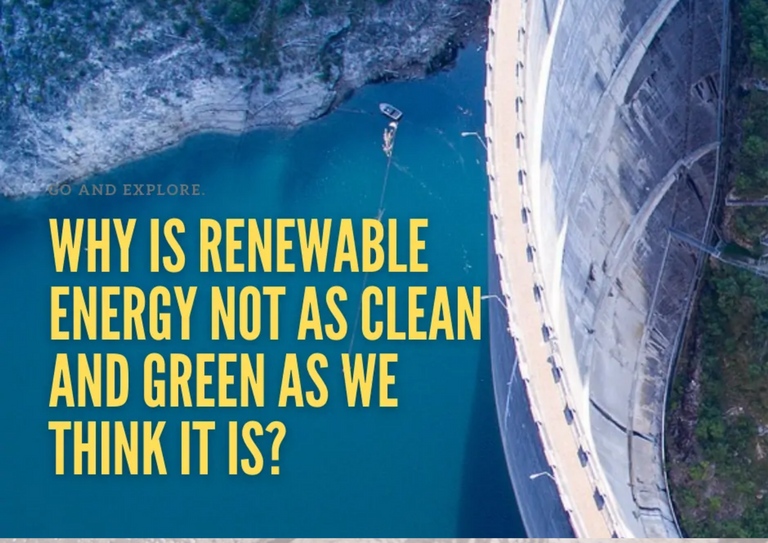
Dear @juecoree, Currently, S. Korea is also suffering from environmental pollution and cost caused by the disposal of solar panels.
So, they are building nuclear power plants again.
However, it does not yet have the capacity to build a fusion power plant.
For now, I think, as you argue, a fusion power plant is the most ideal future! 😄
I think everyone is suffering from environmental pollution whether we live in a third world or developed countries. We have the same problem. I think nuclear seems a better option to meet energy demand and curve carbon emission, but trading off on radioactive waste. !PIZZA
@goldgrifin007! I sent you a slice of $PIZZA on behalf of @juecoree.
Learn more about $PIZZA Token at hive.pizza (1/10)
Congratulations @juecoree! You have completed the following achievement on the Hive blockchain and have been rewarded with new badge(s) :
Your next target is to reach 550 posts.
You can view your badges on your board and compare yourself to others in the Ranking
If you no longer want to receive notifications, reply to this comment with the word
STOPTo support your work, I also upvoted your post!
Check out the last post from @hivebuzz:
Thanks for your contribution to the STEMsocial community. Feel free to join us on discord to get to know the rest of us!
Please consider supporting our funding proposal, approving our witness (@stem.witness) or delegating to the @stemsocial account (for some ROI).
Please consider using the STEMsocial app app and including @stemsocial as a beneficiary to get a stronger support.
Every time I stop by your blog I am rewarded. Regenerative. Of course. Who needs the status quo? The poor earth, our earth, is suffering from the abuse we have heaped on it. I believe @lupafilotaxia has done research in this area. I can't recall specifically a blog, but I'm pretty sure.
As always, a thought provoking blog everyone should read.
That's it. We don't need the status qou when it still fail. It is clear that thinking more improvements and better adaptation is the future.
Thank you! Have some !PIZZA
@agmoore! I sent you a slice of $PIZZA on behalf of @juecoree.
Learn more about $PIZZA Token at hive.pizza (4/10)